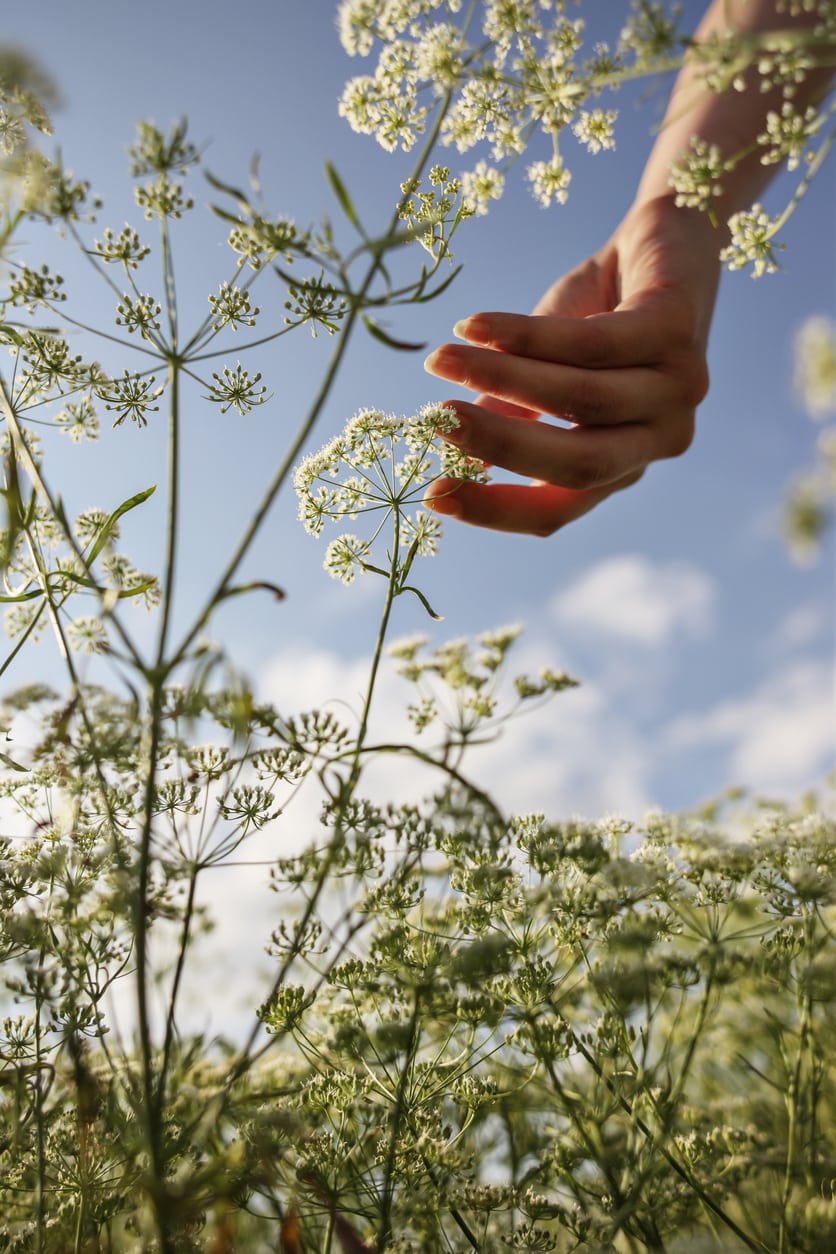Propagating Anise Herbs: How to Propagate Anise Plants

Variety is the spice of life, so it is said. Growing new anise plants will help spice up the ho-hum herb garden while giving dinner a surprising new zip. The question is, how is anise propagated? Read on for information regarding propagating anise herbs.
How is Anise Propagated?
Anise (Pimpinella anisum) is an herbaceous annual grown for the licorice-flavored oil pressed from its seeds. An annual plant, anise has a grooved stem and alternate leaf growth. Upper leaves are feathery, punctuated with umbels of white flowers and an oval-shaped, haired fruit that encases a single seed. Anise propagation is accomplished by sowing the seed. Seedlings are sensitive to transplanting, so they’re best planted directly into the garden.
How to Propagate Anise
Sow seeds in the spring after all danger of frost has passed for your area and then again in temperate regions in the fall. Anise is not tolerant of frost so be sure to wait until air and soil temperatures have warmed in the spring before propagating anise herbs. Anise, or aniseed, hails from the Mediterranean and, as such, requires temperate to subtropical temps of at least 45-75 F. (6-24 C.), optimally even warmer at 55-65 F. (12-18 C.). Prior to anise propagation, soak the seed overnight to aid in germination. Select a site that is in full sun and prepare the planting area by raking out any large stones and loosening the soil. Anise grows best at a pH of between 5.0-8.0 and is tolerant of a wide array of soil types but thrives in well-draining loam. If the soil is nutrient-poor, amend it with compost. Sow seeds ½-1 inch (1-2.5 cm.) deep, spacing additional plants 1-6 inches (2.5-15 cm.) apart in rows 12 inches (30.5 cm.) apart. Cover the seeds lightly with soil and tamp down. Water the seeds in and keep the planting area moist until seedlings appear in around 14 days. When the flower heads (umbels) are fully open and browning, cut off the heads. Store the flower heads in a dry place or place them in the direct sun to dry more rapidly. When they are completely dry, remove the husks and umbels. Store the seeds in an airtight container. The seeds can be used in cooking or medicinally and can be stored in a sealed container in a cool, dry area for several years. If using the seeds to propagate a future crop, use them within one year.
Sign up for the Gardening Know How newsletter today and receive a free copy of our e-book "How to Grow Delicious Tomatoes".

Amy Grant has been gardening for 30 years and writing for 15. A professional chef and caterer, Amy's area of expertise is culinary gardening.
